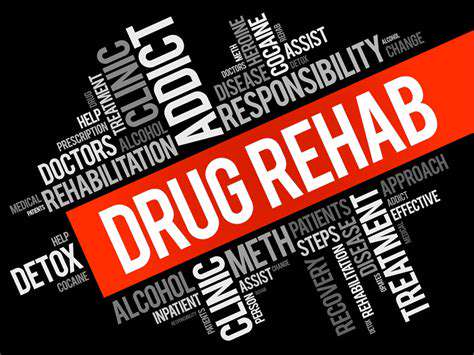What to do if your dog breaks a bone
When to Seek Veterinary Care Immediately
Severe Trauma or Injury
If your dog has experienced a significant impact, such as a car accident, fall from a height, or a severe fight, immediate veterinary attention is critical. Signs of severe trauma often include visible fractures, significant bleeding, or difficulty moving. Prompt veterinary care can prevent further complications, such as internal injuries or shock, and ensure proper stabilization and treatment of the fractured bone.
Delaying care in these situations can lead to more extensive damage and potentially life-threatening consequences. Don't hesitate to contact your veterinarian or an emergency animal hospital immediately.
Obvious Deformity or Dislocation
A noticeable change in your dog's limb structure, like a crooked leg or a visibly out-of-place joint, strongly suggests a fracture or dislocation. This is a clear indication that immediate veterinary care is necessary. Trying to manipulate the limb yourself could worsen the injury and lead to further complications, so professional help is essential to properly diagnose and treat the problem.
Even if the dog appears to be moving the limb, the underlying damage might be significant. A veterinary examination is crucial to assess the extent of the injury and ensure appropriate treatment.
Inability to Bear Weight or Excessive Lameness
If your dog is unable to put weight on a particular leg or shows severe lameness, it could signal a fracture. This is often accompanied by whimpering, reluctance to move, or a noticeable limp. Pain and discomfort will likely prevent your dog from putting weight on the affected leg, and this is a significant sign that veterinary attention is required.
Early diagnosis and treatment are essential to prevent the fracture from worsening and to ensure proper healing. Ignoring the problem could lead to chronic pain, arthritis, or other long-term issues.
Uncontrollable Pain or Distress
A dog experiencing a broken bone will likely exhibit signs of significant pain, such as whimpering, restlessness, or yelping. These behaviors, along with other signs of distress, like excessive panting or difficulty breathing, necessitate immediate veterinary care. The level of pain your dog is experiencing may not always be obvious, but your dog's behavior can provide valuable clues to the underlying problem.
Ignoring significant pain can lead to further complications and potentially worsen the condition. Professional veterinary care is crucial to accurately diagnose the cause of the pain and provide appropriate pain management and treatment.
Difficulty Breathing or Loss of Consciousness
If your dog is experiencing difficulty breathing, showing signs of shock, or has lost consciousness, it signifies a serious medical emergency. A broken bone, especially if it's in a vital area or associated with internal injuries, can cause these severe reactions. These symptoms require immediate veterinary attention to stabilize the dog and identify the root cause of the distress.
In such critical situations, every minute counts. Contact your veterinarian or the nearest emergency animal hospital immediately to ensure your dog receives the necessary medical care.

- If You Notice Your Dog Acting Unusually, Here's What To Do
- Essential items every new dog owner needs
- How to keep your dog’s coat shiny and healthy
- Calming products to help anxious dogs relax
- Pregnant dog care: Diet and exercise tips
- How to dry your dog after a bath without stress
- Best flea combs for dogs with long hair
- Supplements for dogs with special dietary needs
- How to find the best veterinarian for your dog
- How to keep your dog’s teeth clean naturally
- How to train a dog to walk on a leash without pulling
- The benefits of dog puzzles for mental stimulation